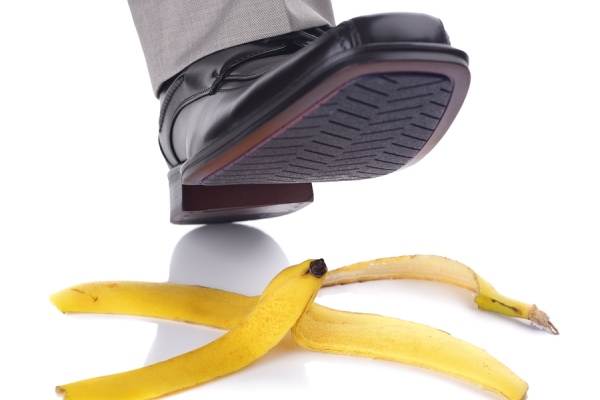Three Types of Poor Housekeeping Hazards

Housekeeping is a basic foundation for not only a safe workplace but also a productive one. When housekeeping is poor at a worksite, employees are more likely to be hurt on the job. The unsafe conditions present due to poor housekeeping is often a contributing factor or a direct cause for workplace injuries.
It is important to realize the impact housekeeping has on your ability to work safe.
Three Types of Hazards Resulting from Poor Housekeeping
- Slip, trip, and fall hazards - One of the most common types of hazards created by poor housekeeping are slip, trip, and fall hazards. When objects, materials, tools, and equipment are not properly stored workers are bound to trip over them. Slippery conditions are created when water, moisture, oils, grease, etc. are left on the floor in work areas. Fall hazards are created when employees have to stand on make-shift surfaces to reach items stored at higher levels. Falls also occur when changes in elevation are not properly marked or barricaded in work areas.
- Strain and sprain hazards - Sprain and strain injuries can result from slip, trip, and fall incidents. They also can occur when heavy items are not properly put away. When heavy or awkward objects are placed on the floor and need to be picked up by a worker it creates a risk for injury. Too often, items have to be moved when there is poor housekeeping in a work area just for the sake of getting them out of the way. Because of unnecessary lifting, sprains and strains can occur.
- Laceration hazards - Whether you are working in a construction or a manufacturing setting, there are plenty of sharp objects that can cut your hand or body. When items are not properly stored this creates a huge risk for laceration injuries. Sharp tools, jagged metal, sharp-edged materials, etc. can all easily cut through a glove or clothing and injure a worker.
Summary
The injuries that result from poor work area conditions simply do not have to occur. These types of injuries are 100% preventable. Take time to evaluate your work areas today. Look for these three common hazard types. Take action to eliminate them so they do not have the chance to injure you or a coworker.
Discussion point
How can we improve our housekeeping practices here?
